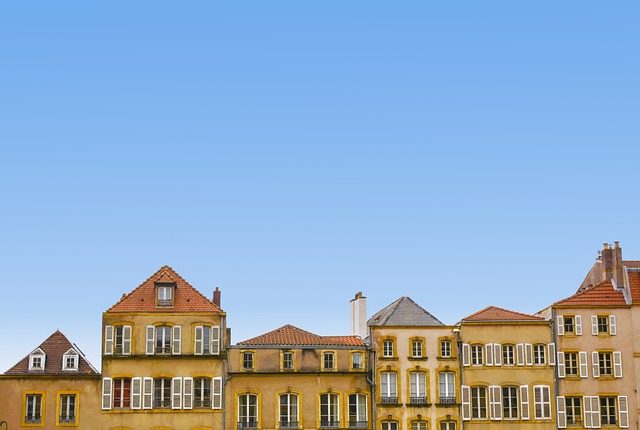Buying a second property in Singapore involves a detailed process that includes understanding the market, your financial readiness, and the specific requirements for second-time homebuyers under the Additional Property Scheme (APS). You'll need to secure an In-Principle Approval (IPA) from a financial institution, which will guide your budget. Utilize real estate platforms like the Singapore Property Market (SPM) and engage with a competent real estate agent to find properties that fit your criteria. Once you find a suitable property, submit an offer through your legal representative, conduct due diligence, and complete the necessary paperwork, including the Application for Loan Approval in Principle form. Post-purchase, it's essential to manage the property effectively by keeping up with market trends, maintaining its condition, and understanding the tax implications from IRAS. Hiring professional property managers or maintenance services can alleviate the management burden. Regular updates and strategic improvements are key to preserving and enhancing your second property's value over time in Singapore's dynamic real estate market.
When considering the acquisition of a second property in Singapore, a comprehensive understanding of the local market and regulatory framework is paramount. This article meticulously guides prospective buyers through each phase of the property lifecycle, from evaluating the best investment locations to managing your new asset effectively over time. We delve into the unique aspects of purchasing additional real estate within this dynamic island-nation, ensuring you are well-informed on legal eligibility, market trends, and financial considerations. Whether you’re looking to expand your portfolio or secure a home away from home, “Understanding the Property Lifecycle for Buying a Second Property in Singapore” is an indispensable resource tailored to your needs.
- Navigating the Initial Considerations: Assessing Readiness for a Second Property in Singapore
- Legal Framework and Eligibility: Understanding SG's Property Ownership Rules
- Market Analysis: Identifying the Best Locations for Your Second Property Investment
- Financing Your Acquisition: Exploring Mortgage Options for Your Second Home
- Evaluating Property Types: Apartments, Condos, and Houses – What Suits Your Needs?
- The Buying Process: A Step-by-Step Guide to Purchasing a Second Property in Singapore
- Post-Purchase Considerations: Managing Your Second Property Efficiently in the Long Term
Navigating the Initial Considerations: Assessing Readiness for a Second Property in Singapore
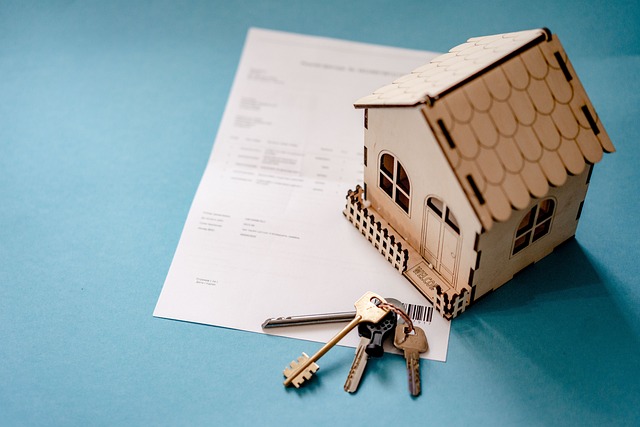
When considering the purchase of a second property in Singapore, potential buyers must first navigate the initial considerations that will guide their journey. Assessing one’s financial readiness is paramount; this includes evaluating existing mortgage obligations, understanding additional financing options such as equity release or new loans, and ensuring that monthly commitments remain manageable. The property market in Singapore is dynamic, with regulations evolving to balance home ownership with the needs of the broader housing market. Prospective buyers must be aware of the Total Debt Servicing Ratio (TDSR) framework and the Mortgage Service Ratio (MSR) which are instrumental in guiding borrowers’ ability to take on new property-related loans without overextending themselves financially.
Furthermore, understanding the various types of properties available—resale flats, new condominiums, or executive condominiums—is crucial. Each type offers different benefits and eligibility criteria, influenced by government housing policies such as the Housing & Development Board (HDB) resale flat scheme and the Additional Buyer’s Stamp Duty (ABSD). Buyers must also consider the location and property size that best align with their lifestyle needs and long-term objectives. The decision to invest in a second property is not solely about financial readiness but also involves strategic planning for capital appreciation and rental yields, which are significant aspects of real estate investment in Singapore. Prospective buyers should engage with real estate professionals who can provide tailored advice based on their individual circumstances and goals when buying a second property in Singapore.
Legal Framework and Eligibility: Understanding SG's Property Ownership Rules
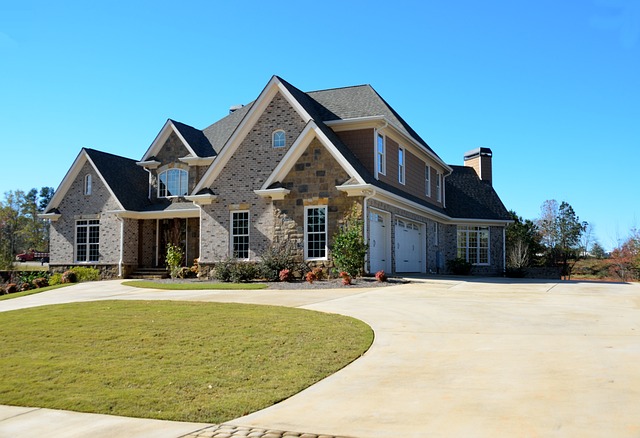
When considering the acquisition of a second property in Singapore, potential buyers must first familiarize themselves with the legal framework and eligibility criteria set forth by the government. The legal landscape for property ownership in Singapore is structured to ensure sustainable development and fair access to housing for its residents. The Ministry of National Development and the Urban Redevelopment Authority (URA) are the primary bodies responsible for regulating property ownership, including the Additional Buyer’s Stamp Duty (ABSD) and the Total Debt Servicing Ratio (TDSR).
For Singaporeans buying a second property, eligibility is a key consideration. Under the ABSD framework, citizens are subject to a higher rate of duty upon the purchase of their second residential property. This serves as a deterrent against excessive property speculation and ensures that first-time buyers have priority access to housing. Furthermore, the TDSR cap mandates that a buyer’s monthly debt repayment should not exceed 60% of his monthly income. These measures are designed to maintain financial stability and affordability in the property market. It is crucial for potential second-property owners to consult the latest guidelines provided by the CPF Board, Inland Revenue Authority of Singapore (IRAS), and the relevant authorities to navigate these rules effectively. By understanding the eligibility criteria and legal constraints, buyers can make informed decisions when purchasing a second property in Singapore, aligning with the country’s broader economic and housing policies.
Market Analysis: Identifying the Best Locations for Your Second Property Investment

When considering the purchase of a second property in Singapore, a thorough market analysis is paramount to identify the best locations for investment. The Singapore property market is dynamic, with various regions offering distinct advantages based on factors such as rental yield potential, capital appreciation trends, and infrastructure development. Prime districts like 9, 10, and 11 consistently attract affluent buyers and renters due to their prestigious status and centrality. These areas often see robust demand, which can translate into higher rental yields and long-term value retention. On the other hand, non-landed properties in these districts may come with a Sale of Residential Property (SOR) fee upon resale, so investors should weigh this against potential gains.
For those looking for growth prospects, the outer lying regions such as Districts 19 to 28 have emerged as sought-after locations, especially with the government’s efforts to develop these areas. The introduction of new MRT lines and enhancements in infrastructure can significantly boost property values over time. Additionally, these areas often offer more competitive pricing, making them accessible for second-time buyers seeking to expand their property portfolio without breaking the bank. Investors should keep an eye on government land sales and development plans, as these can provide early investment opportunities before widespread market awareness. Understanding the nuances of each district’s market dynamics is crucial when buying a second property in Singapore to make an informed decision that aligns with your investment goals.
Financing Your Acquisition: Exploring Mortgage Options for Your Second Home
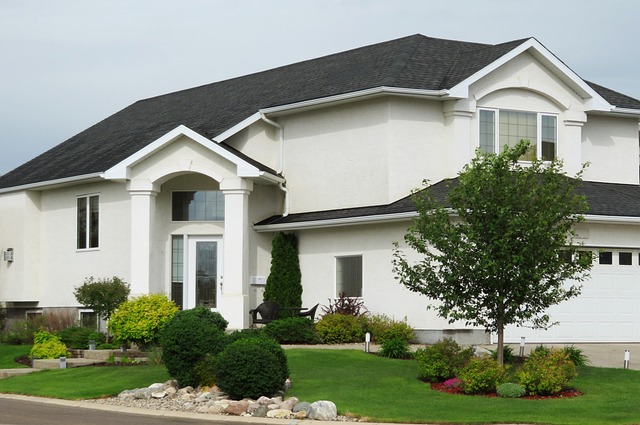
When contemplating the acquisition of a second property in Singapore, securing financing through mortgage options becomes a pivotal step. Prospective buyers should be well-versed with the various financing routes available to them, as each comes with its own set of terms and conditions tailored to fit different financial situations. The Monetary Authority of Singapore (MAS) regulations stipulate that individuals are allowed to have up to 70% loan-to-value (LTV) ratio for a second property purchase, provided that the first property is owned outright. This LTV ratio may vary depending on the lender’s policies and the buyer’s financial profile.
Exploring mortgage options for your second home in Singapore involves assessing both bank loans and HDB concessionary loans, each with its advantages and limitations. Bank loans typically offer more flexibility but come with higher interest rates compared to the HDB loan, which is intended exclusively for Singapore Citizens purchasing a resale HDB flat as their second property. The loan tenure can span up to 25 or 30 years, depending on the mortgage provider, allowing for manageable monthly installments. Prospective buyers must consider factors such as interest rates, loan tenure, and total debt servicing ratio (TDSR) when evaluating their mortgage options. It is advisable to engage with multiple financial institutions to compare the terms and interest rates on offer, ensuring that you choose a mortgage that aligns with your financial capacity and long-term investment strategy in the dynamic property market of Singapore.
Evaluating Property Types: Apartments, Condos, and Houses – What Suits Your Needs?

When considering the acquisition of a second property in Singapore, evaluating the type of property that best suits your needs is paramount. Prospective buyers are often presented with a variety of options, including apartments, condominiums (condos), and houses. Each has its unique set of advantages and considerations tailored to different lifestyles and investment strategies.
Apartments, particularly those in high-rise buildings, are a popular choice among singles, couples without children, or investors looking for a low-maintenance property. They offer convenience with amenities such as security, shared facilities like swimming pools and gyms, and often command lower maintenance fees compared to larger properties. In the context of buying a second property in Singapore, an apartment might be the ideal choice for those who want to minimize their living expenses while still enjoying urban living. On the other hand, condos are similar to apartments but typically come with additional perks like exclusive facilities and communal spaces, which can enhance the quality of life for residents. They also tend to appreciate in value over time, making them a wise investment for those looking to buy a second property that could potentially offer both a residence and a yield if rented out.
For those who prioritize space and privacy, a house might be more suitable. Houses often come with their own land and can provide a sense of ownership and individuality that is not as readily available in apartment or condo living. They are ideal for families or individuals who require additional rooms, outdoor spaces, or the flexibility to modify the property according to personal preferences. In terms of investment, houses may offer capital appreciation due to their larger size and location, often in more established neighborhoods. When buying a second property in Singapore as a house, it’s important to consider factors such as the proximity to amenities, the condition of the property, and the potential for future development in the area, which can all influence the property’s value and desirability.
The Buying Process: A Step-by-Step Guide to Purchasing a Second Property in Singapore
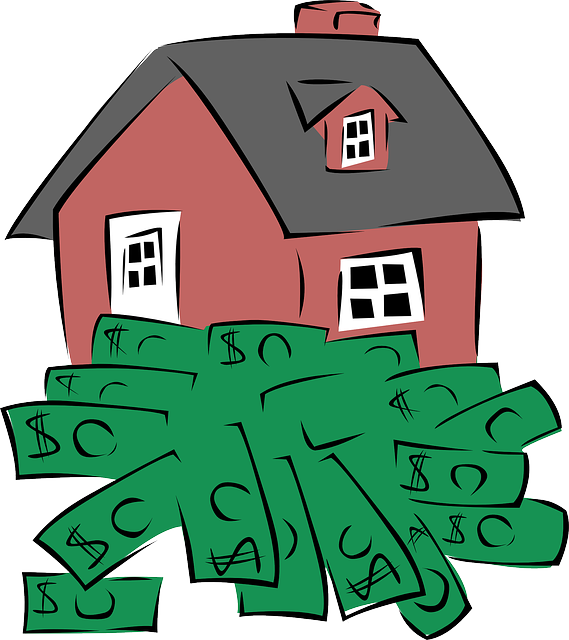
When considering the purchase of a second property in Singapore, understanding the property lifecycle is crucial. The process begins with thorough research and assessment of the current real estate market conditions, as well as your financial situation. Potential buyers must ensure they meet the Additional Property Scheme (APS) eligibility criteria, which dictates the loan-to-value (LTV) ratio and loan tenure available for second property purchases.
Once eligible, the buying process involves several distinct steps. Firstly, secure financing by obtaining an In-Principle Approval (IPA) from a financial institution. This step provides an indicative assessment of your loan eligibility and sets a budget for your property search. Next, engage a real estate agent proficient in navigating the Singapore market to assist in locating properties that align with your criteria. Utilize online platforms like the Singapore Property Market (SPM) and various real estate websites to identify potential second properties.
After identifying a suitable property, make an offer through your appointed lawyer or real estate agent. Upon acceptance, proceed with due diligence, which includes reviewing the sale and purchase agreement, checking the property’s legal status, and ensuring no outstanding CPF monies are owed. Submit all necessary documents for the IPA to the Singaporean authorities, including the Application for Loan Approval in Principle form. Once approved, progress to the option to purchase (OTP) stage, where both parties agree on the terms and conditions of the sale.
Proceed with the legal transfer of property by signing the OTP and completing the required forms, such as the Stamp Duty & ACRA registration forms. Ensure that all agreements are in accordance with the Singaporean law and that the transaction is transparent. After successful completion of these steps, you will gain ownership of your second property in Singapore. Remember to consider ongoing maintenance costs and property taxes post-purchase to ensure long-term financial viability.
Post-Purchase Considerations: Managing Your Second Property Efficiently in the Long Term

When you’ve successfully acquired your second property in Singapore, the focus shifts to effective management for long-term sustainability. It’s crucial to stay abreast of the property’s market value, as real estate trends can fluctuate over time. Regular property inspections and timely maintenance are imperative to preserve the asset’s condition and retain its investment potential. Engaging with reliable property managers or maintenance services can alleviate the burden of hands-on responsibilities. Additionally, understanding the tax implications associated with owning multiple properties is essential. Singapore’s Inland Revenue Authority of Singapore (IRAS) has specific guidelines on taxable income from rental properties, which should be carefully reviewed to ensure compliance and optimize financial planning.
Furthermore, as a property owner, you must consider the legal aspects, including zoning laws and lease agreements. The Singaporean government imposes stringent regulations on leasing out properties, and non-compliance can result in penalties. Therefore, staying informed about the latest property management laws is key to avoiding potential issues. Strategic planning for refurbishments or upgrades can also enhance the property’s appeal and increase its market value over time. In essence, managing a second property effectively involves a proactive approach to maintenance, a thorough understanding of tax obligations, and adherence to legal requirements to ensure the property remains a valuable asset in your portfolio.
When considering the acquisition of a second property in Singapore, potential buyers must navigate a multifaceted process that encompasses thorough market analysis, legal eligibility, and financial planning. This article has demystified each stage of the property lifecycle for a second home, from initial readiness assessments to long-term management strategies. By understanding Singapore’s unique ownership rules, exploring diverse financing options tailored to your needs, and evaluating the best locations for investment, buyers can make informed decisions that align with their financial goals and lifestyle preferences. Whether you’re looking to expand your real estate portfolio or secure a home away from home, this comprehensive guide serves as an indispensable resource for anyone looking to buy a second property in Singapore.
